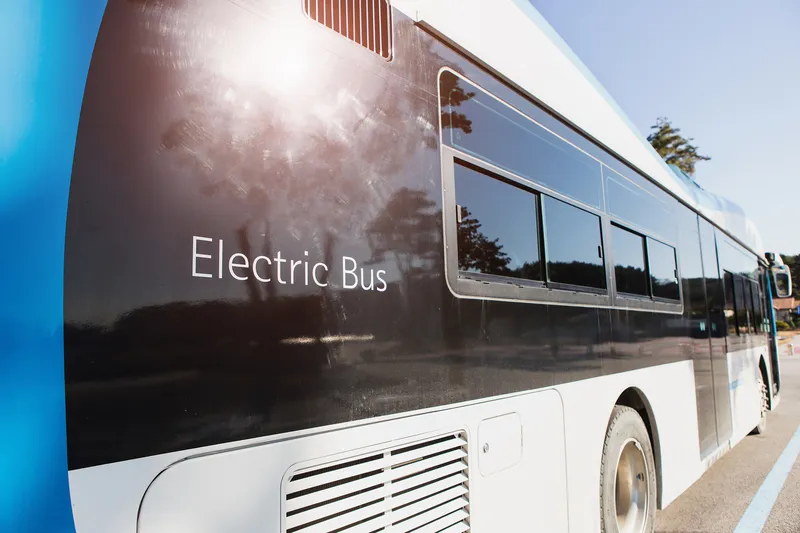Swedish bus manufacturer Scania is to supply the Iranian province of Isfahan with 1,350 buses for public transport for Isfahan and four other Iranian cities. The first of these new buses, which are intended to improve air quality in the cities, will be in operation at the end of 2017.
Air pollution in Iranian cities has steadily increased in recent years; in cooperation with Iranian authorities, Scania has developed solutions that ensure that local emissions are kept to a minimum with the current fuel qu
February 13, 2017
Read time: 1 min
Swedish bus manufacturer 570 Scania is to supply the Iranian province of Isfahan with 1,350 buses for public transport for Isfahan and four other Iranian cities. The first of these new buses, which are intended to improve air quality in the cities, will be in operation at the end of 2017.
Air pollution in Iranian cities has steadily increased in recent years; in cooperation with Iranian authorities, Scania has developed solutions that ensure that local emissions are kept to a minimum with the current fuel quality. The new buses are equipped with engine technology that offers the lowest possible emissions levels.
Air pollution in Iranian cities has steadily increased in recent years; in cooperation with Iranian authorities, Scania has developed solutions that ensure that local emissions are kept to a minimum with the current fuel quality. The new buses are equipped with engine technology that offers the lowest possible emissions levels.









